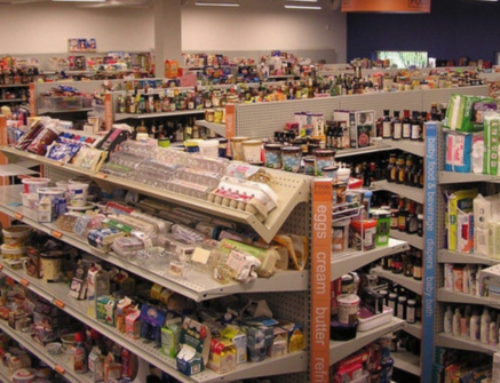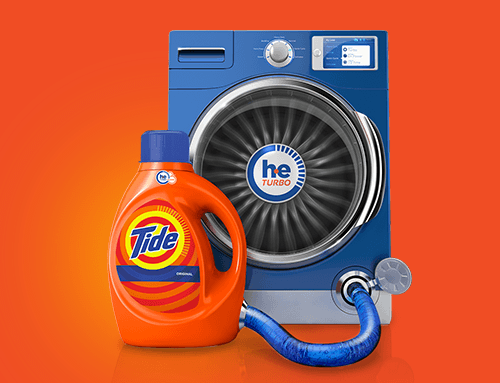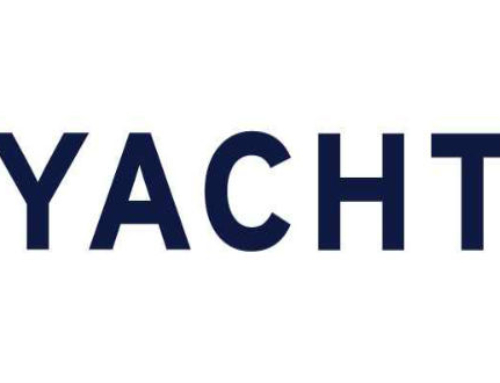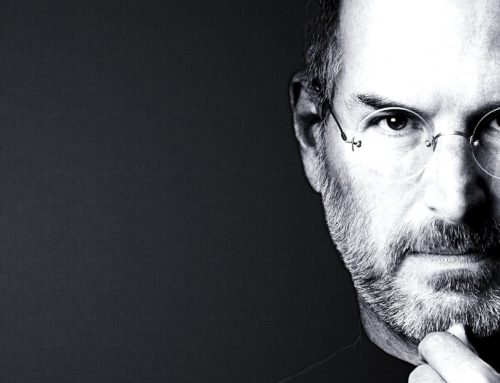At the end of the 1980’s a number of brewers were developing alcohol free and low alcohol (or ‘light’) beers. Despite his initial reservations Freddy Heineken decided to develop a light beer – with the goal of capturing a significant share of this market both in the Netherlands and abroad.
Tau kawg nkaus:
Heineken launched their low alcohol beer (0.5%) in the summer of 1988. The Dutch brewer deliberately opted for a low alcohol beer rather than an alcohol free beer, fearing that consumers would not take to a beer in which there was no alcohol. The beer was branded ‘Buckler’, which was considered a ‘strong’ brand name, and the name Heineken was left from the label.
Qhov no ua rau qhov no:
Initially Buckler was a success and captured a significant share of the market for light beers both in the Netherlands and internationally. However, 5 years after its launce, Heineken removed Buckler from the Dutch market.
Dutch cabaret artist Yoep van ‘t Hek had mercilessly ‘mocked’ Buckler beer drinkers on his 1989 New Years Eve show:
“I really can’t stand those Buckler drinkers. You all know Buckler, it’s that ‘reformed’ beer. All those 40-year old guys who stand beside you jingling their car keys. Go to hell! I am here drinking beer to get drunk. Get lost – go and drink your Buckler in the church. Or don’t drink, BUCKLER drinker.”
The impact was disastrous for the low alcohol beer.
In addition, Heineken had also underestimated the impact of competitor Bavaria – Bavaria Malt had obtained the exclusive rights for light beers in Saudi-Arabia during the first Gulf War.
hauv 1991 Heineken attempted to reanimate Buckler by reducing the alcohol content further, but it was already too late. Neither could a television advertising campaign featuring a sexy woman in a tiger outfit or the sponsorship of a cycle team reverse Buckler’s fortunes.
Zaj kawm no:
Although Buckler is no longer available in the Netherlands, it is still a big success in the rest of Europe. Heineken has since re-entered the market for light beers in the Netherlands with a product under the Amstel label – a brand that is considered strong enough to withstand any unforeseen ‘mockery’.
The factors that effectively destroyed Buckler’s reputation in the Dutch market were largely outside of Heineken’s control. However, should a company incur ‘brand’ damage as a result of their own errors then it is useful to remember the following rules: (1) communicate honestly (with the press); (2) be transparent; (3) don’t hide your weak ‘spots’, and above all; (4) admit that you made mistakes (to draw lessons for the future).
Apple, for example, followed these rules impeccably when a bug in the iPod Nano was highlighted by a number of influential bloggers: they immediately admitted the error and promised to repair this free of charge. As a result, the brand became even more popular with consumers.
ntxiv:
Sources include: Elsevier, 23 Lub Tsib Hlis Ntuj 2005, Schokgolf, p. 105.
Luam tawm los ntawm:
Editors IvBM
LWM CI NTSA IAB FAILURES
Dej khov lolly
Tau kawg nkaus: hauv 1905 the 11-year old Frank Epperson decided to make himself a nice drink to combat his thirst… He carefully mixed water with soda powder (which was popular in those [...]
Tus Norwegian Linie Aquavit
Tau kawg nkaus: Lub tswvyim ntawm Linie Aquavit tshwm sim los ntawm kev huam yuaj hauv lub 1800s. Aquavit (pronounced 'AH-keh'veet' thiab tej zaum spelled "akvavit") qos yaj ywm kuas cawv, flavored nrog caraway. Jørgen Lysholm muaj ib Aquavit distillery hauv [...]
Visualize Failure
Tau kawg nkaus: Lub tswv yim ntawd ua ib paddle cia cov neeg pej xeem nrog Canyon. Pab dawb mus ua ntej. Pib paddle txog peb caug taw upstream ntawm tus loj yoj. Qhov no ua rau qhov no: The boat [...]









